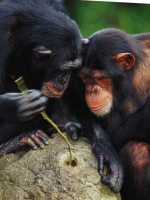7th Grade End Of Units Test Practice
45 Questions
| Attempts: 43
2.
You may optionally provide this to label your report, leaderboard, or certificate.
Submit
×
Thank you for your feedback!
















